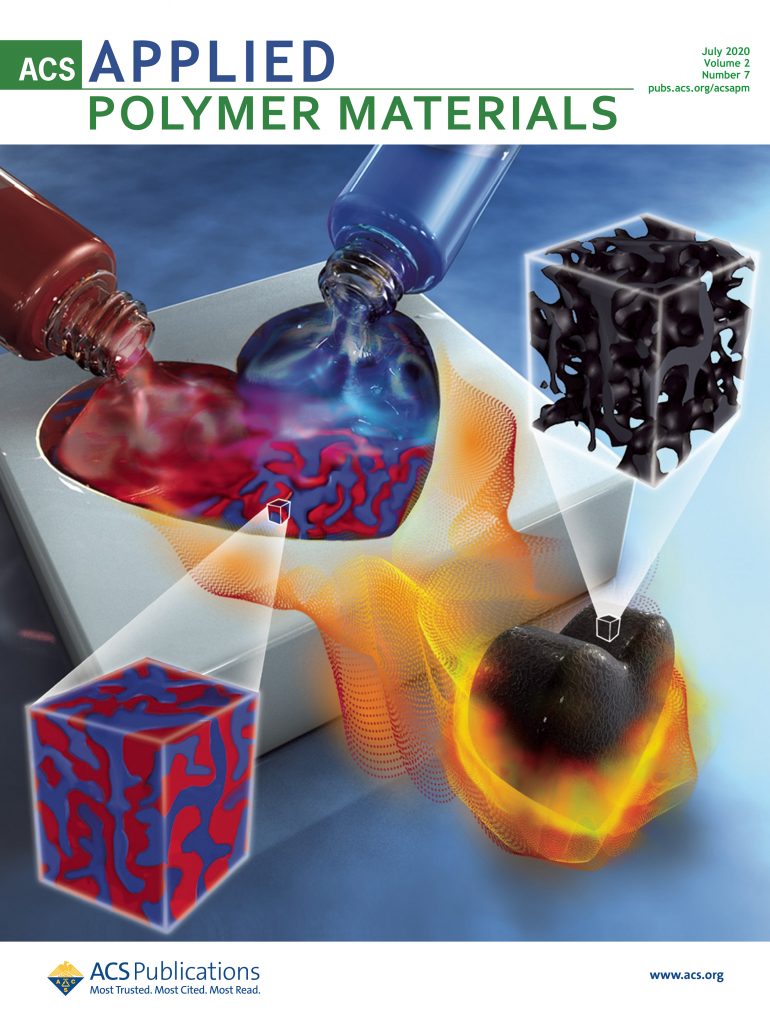Proxy Tracing: Unbiased Reciprocal Estimation for Optimized Sampling in BDPT
IF 4.4
2区 化学
Q2 MATERIALS SCIENCE, MULTIDISCIPLINARY
引用次数: 0
Abstract
Robust light transport algorithms, particularly bidirectional path tracing (BDPT), face significant challenges when dealing with specular or highly glossy involved paths. BDPT constructs the full path by connecting sub-paths traced individually from the light source and camera. However, it remains difficult to sample by connecting vertices on specular and glossy surfaces with narrow-lobed BSDF, as it poses severe constraints on sampling in the feasible direction. To address this issue, we propose a novel approach, called proxy sampling , that enables efficient sub-path connection of these challenging paths. When a low-contribution specular/glossy connection occurs, we drop out the problematic neighboring vertex next to this specular/glossy vertex from the original path, then retrace an alternative sub-path as a proxy to complement this incomplete path. This newly constructed complete path ensures that the connection adheres to the constraint of the narrow lobe within the BSDF of the specular/glossy surface. Unbiased reciprocal estimation is the key to our method to obtain a probability density function (PDF) reciprocal to ensure unbiased rendering. We derive the reciprocal estimation method and provide an efficiency-optimized setting for efficient sampling and connection. Our method provides a robust tool for substituting problematic paths with favorable alternatives while ensuring unbiasedness. We validate this approach in the probabilistic connections BDPT for addressing specular-involved difficult paths. Experimental results have proved the effectiveness and efficiency of our approach, showcasing high-performance rendering capabilities across diverse settings.代理追踪:优化 BDPT 采样的无偏互易估算
强大的光传输算法,尤其是双向路径跟踪(BDPT),在处理镜面或高光泽路径时面临着巨大的挑战。双向路径跟踪通过连接光源和摄像机分别跟踪的子路径来构建完整路径。然而,用窄叶 BSDF 连接镜面和光泽表面上的顶点仍然很难进行采样,因为它对可行方向上的采样造成了严重限制。为了解决这个问题,我们提出了一种称为代理采样的新方法,它可以实现这些具有挑战性的路径的高效子路径连接。当出现低贡献率的镜面/光泽连接时,我们会从原始路径中剔除该镜面/光泽顶点旁边有问题的相邻顶点,然后回溯另一条子路径作为代理来补充这条不完整的路径。这条新构建的完整路径可确保连接符合镜面/亮面 BSDF 内窄叶的约束条件。无偏倒数估计是我们获得概率密度函数(PDF)倒数以确保无偏渲染方法的关键。我们推导了倒数估计方法,并为高效采样和连接提供了效率优化设置。我们的方法提供了一种稳健的工具,在确保无偏性的同时,用有利的替代路径替代有问题的路径。我们在概率连接 BDPT 中验证了这种方法,以解决涉及镜面的困难路径。实验结果证明了我们方法的有效性和效率,展示了在不同环境下的高性能渲染能力。
本文章由计算机程序翻译,如有差异,请以英文原文为准。
求助全文
约1分钟内获得全文
求助全文
来源期刊

ACS Applied Polymer Materials
Multiple-
CiteScore
7.20
自引率
6.00%
发文量
810
期刊介绍:
ACS Applied Polymer Materials is an interdisciplinary journal publishing original research covering all aspects of engineering, chemistry, physics, and biology relevant to applications of polymers.
The journal is devoted to reports of new and original experimental and theoretical research of an applied nature that integrates fundamental knowledge in the areas of materials, engineering, physics, bioscience, polymer science and chemistry into important polymer applications. The journal is specifically interested in work that addresses relationships among structure, processing, morphology, chemistry, properties, and function as well as work that provide insights into mechanisms critical to the performance of the polymer for applications.
 求助内容:
求助内容: 应助结果提醒方式:
应助结果提醒方式:


